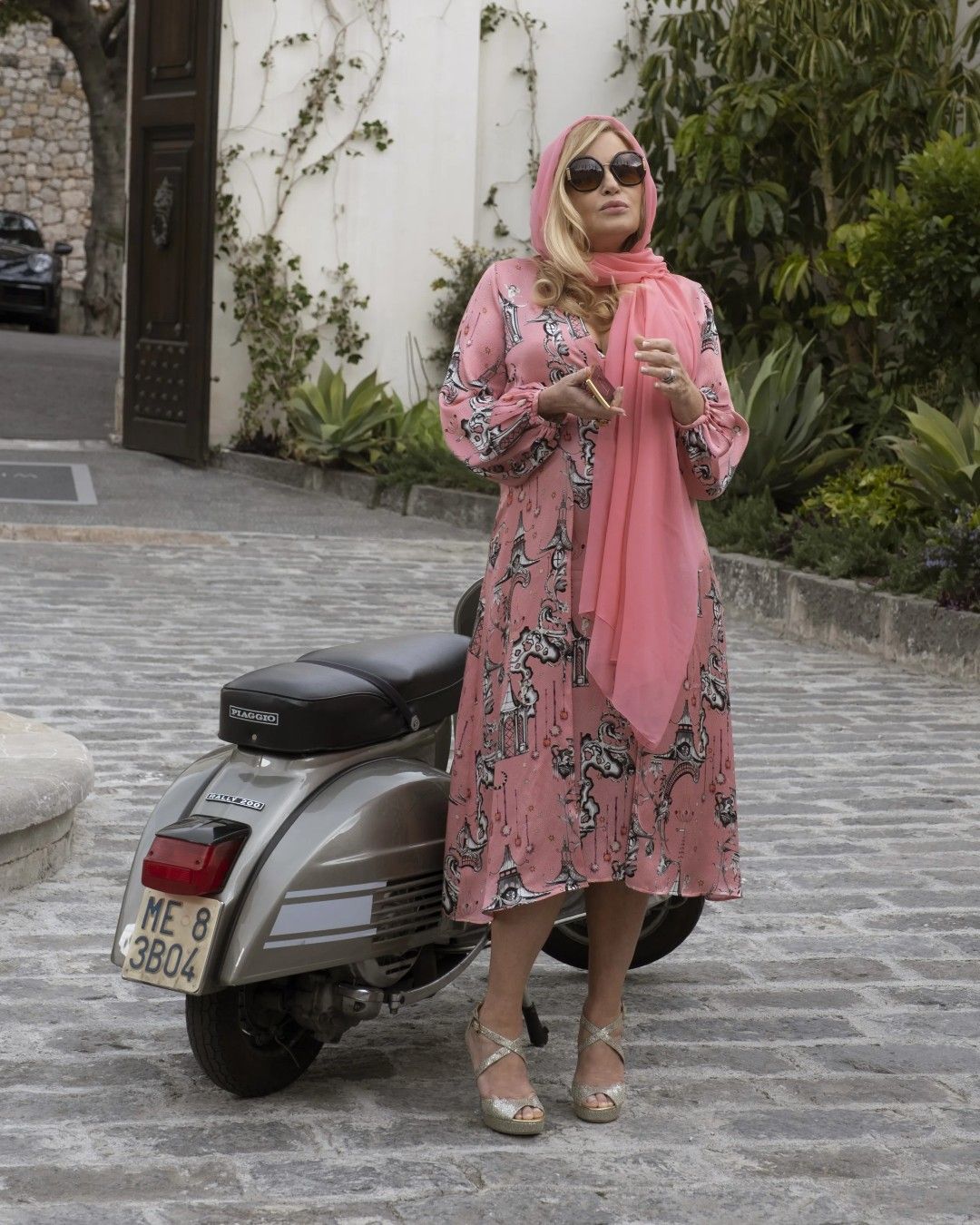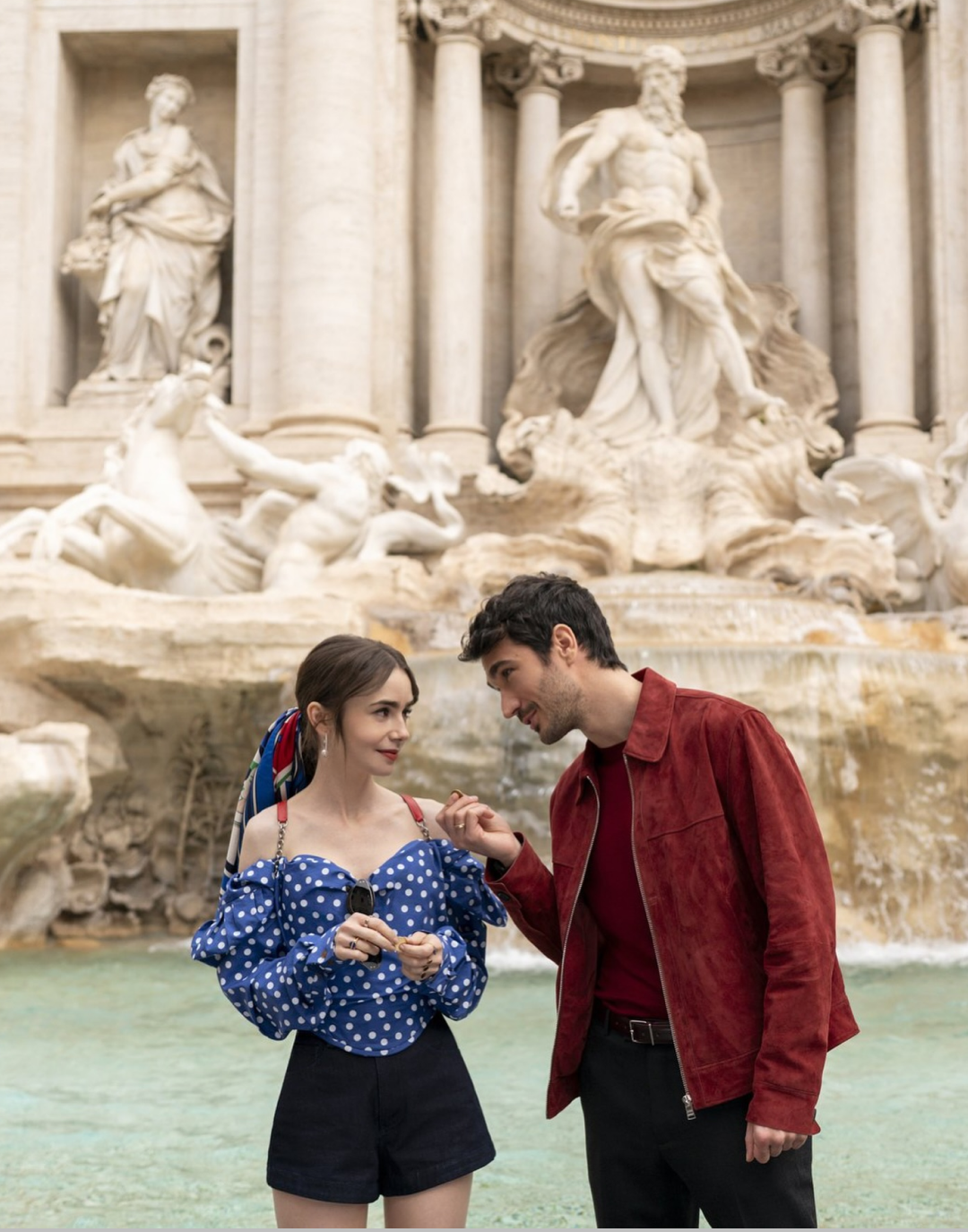
The all-Italian dilemma of toxic tourism Pull for the economy and poison for culture?
Last year, a video shot on the Strada della Forra at Lake Garda, one of the most beautiful scenic roads in the world, went viral, showing it completely paralyzed by two lines of cars going in opposite directions. A video that clearly illustrates Italy's problem with the phenomenon of mass tourism, which can be summed up in the concept of "too many people and too little space". The debate on the commodification of the beauties of our and many other countries has become central in the past year. From Spain to the Cyclades, local administrations are trying to create measures to withstand mass tourism. In Santorini, a limit on the number of tourists allowed to visit the island each day, now at its breaking point, was announced; last Thursday, Venice imposed a ban on tourist groups larger than twenty-five people while graffiti reading "Tourists go home" appeared on its streets; in Florence, Mayor Funaro is trying to solve the tangle of how to make the city livable and curb the proliferation of AirBnbs without causing economic losses to those who make a living from tourism. It is a real dilemma. Italy depends on tourism but Italians hate tourists: Venice has long since ceased to be a real city, transforming into a sort of Renaissance theme park, while in Florence a citizen wanting to visit the Gallerie dell'Accademia would have to wait in line for about two hours on any given day. Things are no better in Rome, with the scenic Trevi Fountain now hidden by a human carpet that constantly crowds every free inch of the square in front of it.
@alannaparrish Let’s go to Cinque terre said everyone #summer2022 #italiansummer #europeansummer #summervibes #italysummer #travellife #discoveritaly #cinqueterre Running Up That Hill (A Deal With God) - Kate Bush
Mass tourism, like any form of mainstream culture, certainly brings business – but it also brings degradation and emptiness, commodification and mortification. Recently, a video format called "Instagram vs. Reality" has spread on social media, showing first the perfect photos in classic influencer poses (if you don't know what they are, you are probably the first to take them without realizing it) and then the behind-the-scenes video of the photo, without color correction, crowded with dozens of other people taking similar photos, spoiling a scene now devoid of romance or intimacy. Almost as if the same Millennials who initiated the Instagram-friendly travel culture and low-cost flights, now reaching their thirties, are realizing the flaws of a mystified and mystifying narrative that not only skillfully edits out the less pleasant aspects of certain locations but completely poisons their charm, transforming places of history and culture into the background for selfies that will end up buried in the photo galleries of their smartphones. An example of all? The Leaning Tower of Pisa – whose original function as a bell tower is unknown to many. But also the Ponte Vecchio in Florence, Pompeii, the Piazzetta in Capri, Trinità de’ Monti, Taormina, the San Gregorio Armeno complex, and the Spanish Quarters of Naples are places that Italians themselves avoid because they are now choked by a toxic tourist presence – in the absence of which, however, many small economic ecosystems would collapse.
#Overtourism in #Italy
— Aware Impact (@AwareImpact) June 3, 2019
Venice is famous for its waterways and singing gondoliers. But overtourism is overwhelming the city.
We need to change our habits towards #sustainabletravel pic.twitter.com/iqgtfOcJEt
The reason for this co-dependence is that mass tourism has gone from supporting the local economy to deforming it, to the point that the local economies themselves have adapted to exist in function of the needs of tourism. The result is the depopulation of these same places: today, almost half of the beds in Venice are dedicated to tourists, and Portofino has just over 300 residents, not counting those who are registered there without living there, while a recent estimate talks of more than 10,000 apartments available on AirBnB in Florence alone. This year, Florence has been a real administrative battleground where a tug-of-war has been played out between the local administration trying to discourage the transformation of the city center into an open-air hotel, property owners demanding greater protections in cases of non-payment for regular rentals, and courts overturning what mayors and councilors have done the next day. Some suggest, as the only palliative, the establishment of a tourist tax, which, however, is only a band-aid for a problem that has rewritten the very identity of the Tuscan capital. Beyond the economic and livability factors, there are also considerations about the sustainability of mass tourism, which is now considered responsible for 8% of annual global carbon dioxide emissions. Planes, cars, hotels, and tourist resorts are real energy and resource guzzlers as well as responsible for numerous emissions that have been thought to be cut with a tax on kerosene, the fuel for planes, which could limit consumption but also make tourism an elite industry.
Obviously, it is not conceivable to regulate who can and cannot visit mass tourism destinations, nor to create limitations based on access prices, thus making these locations elitist. A possible idea, with complex implementation, is to redefine the very role of tourists by transforming casual consumers into conscious consumers. This attempt was made in Milan by James Bradburne, director of the Pinacoteca di Brera, who replaced museum tickets with subscription cards that allow visitors to return to the museum in the three months following the purchase with the idea of creating an actively involved community and a more contemplative type of enjoyment. Some doubts remain about its implementation: firstly, because there is no price difference between the new subscription and the old ticket, so the tourist does not perceive any real difference, and secondly, because the Pinacoteca's website states that the subscription must be made online, yet the ticket can also be purchased on-site, creating some ambiguity. Nevertheless, the concept proposed by Bradburne is perhaps the most interesting and least obvious compared to the more intuitive but often belated solutions of heightened surveillance – which always arrives after the damage has been done. However, the director of the Brera museum has spent many years denouncing the problem. In June 2021, speaking with Apollo Magazine, he used very harsh but true words: "Mass tourism was a mistake that created a fragile economy, peaks of visits, very banal and superficial cultural participation. It has transformed Italy from a nation of creative designers into a nation of winemakers and restaurant waiters."














































